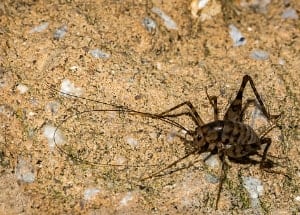I think no such small insects as camel crickets may cause such huge damage. They can eat almost anything. That’s why you should know how to get rid of cave crickets in your house for sure. Luckily, there are many suitable methods to provide this. Today, I will tell you about the best products on the market and offer a step-by-step guide on how to get rid of spider crickets.
Due to my experience, not all tools are safe and effective. The insecticides I will describe are proved to kill insects quickly; however, they need to be applied in the right way. So, let’s start our exploration.
[wpsm_titlebox title=”How to Get Rid of Spider Crickets” style=”main”]
- Set the glue trap. The active ingredient is safe for humans, but it is better to do this using gloves.
- Spray dust to destroy Spider Crickets. This product should be used with a hand or power duster.
- Use insecticides.
- Keep your basements closed.
- Use the insecticides as a preventive method.
[/wpsm_titlebox]
Stop the Crickets Songs in Your House

Spider crickets are a noisy little neighbor. But, thanks to this, you can find the method of how to kill cave crickets quickly. Here are some recommendations before you start.
What are spider crickets?
You may wonder why are spider crickets in my house. Spider or camel crickets are small insects that get in your house when it becomes cold outside. When people see a cave cricket, they may think it’s a spider because of the small body and long legs. However, if you look closer, they have only six paws. They’re about two inches in length.
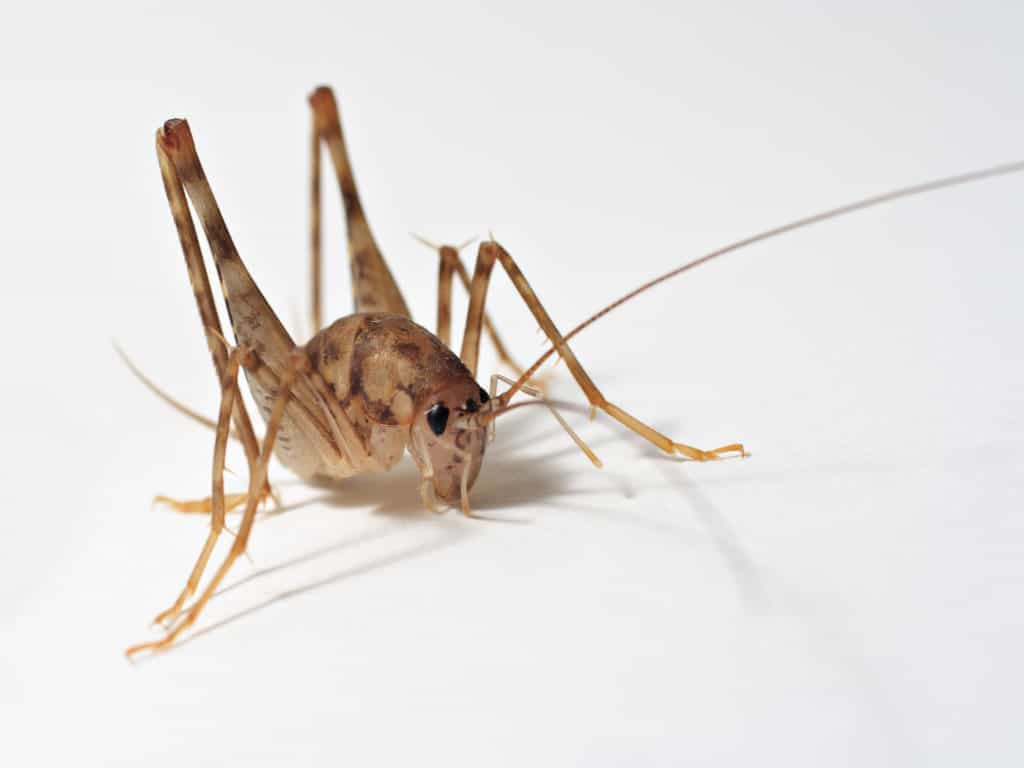
What attracts spider crickets?
If spider crickets get in your house, they will taste everything you have there. The insects search for the warm and moist place. During the day, they may hide inside your cupboard, but when the night comes, they start looking for the light. Crickets don’t have a permanent place of residence – be ready that you may find them everywhere.
Spider cricket damage
Field crickets like to chew all the items they can reach, especially if they’re made of clothing or wood. If you keep your clothes or blankets in the wardrobe, the insects will eat them for sure. They’re not dangerous for humans. Nevertheless, a huge population inside your house may be a big problem.
Signs of a cave cricket infestation
Crickets are a common nuisance around the home. First of all, you will see the insects themselves. They’re nocturnal creatures – it will be more complicated to take a look at them during the day. Also, you may find clothing with holes. Wood, carpets, and other fabrics will also be chewed – it is the result of the camelback cricket infestation. If there is a large population in your house, you will also find their droppings. In most cases, they will be on walls or floor.

How to Get Rid of Spider Crickets
The best way to kill cave crickets is to apply the insecticide and repellent. There are several types, and we will observe each one.
Glue trap
The most popular product is a glue trap. It is a thin pellet that is made of the scented glue. You need to place the pellets in different places, where the insects are most likely to appear. The active ingredient is safe for humans, but it is better to do this using gloves.
Spider crickets will smell a nice odor and die because of the glue trap. This tool is quite effective if you need to get rid of camel crickets in the attics or basements.
Dust
This product should be used with a hand or power duster. You should mix it with water and apply it in a proportion of 0.5 lbs. per 1000 square feet. Before you start, you should check if the duster is filled only halfway. It is important to keep the right consistency of the product, so it will be more effective.

Every time you squeeze, you should shake the duster a little. That will allow the dust to float inside the unit. You don’t need to put a lot of the product on surfaces – a thin layer will be enough to affect the crickets. Also, every dust insecticide has its recommendations for usage. So, always read the instructions before applying.
Insecticide
Many insecticides are used as a spray. If you have bought one of them, you need to mix it with the water using 1 to 3 oz per liquid gallon. Using a commercial foamer or sprayer is ok. You may apply it indoors to the cracks and crevices.
Be careful when you work with the kitchen or bathroom surfaces – you need to clean them before and after the insecticide application. Dust is what kills spider crickets really quickly and for a long time.
[su_note note_color=”#e5e2d4″]Related post: How to Get Rid of Ladybugs [/su_note]
Top 3 Best Spider Crickets Treatments
I had tried these insecticides by myself and was satisfied with the results. Here you will find small reviews to help you choose the best option for your case.
1. J T Eaton Spider and Cricket Glue Trap – Best Spider Cricket Trap
[amazon box=”B00YZHVB2A” template=”vertical” tracking_id=”how-to-get-rid-of-spider-crickets-20″ button_text=”Check price on Amazon”]
Specifications:
- Material: Plastic
- Number of Pieces: 5
- Item Weight: 0.77 pounds
- Product Dimensions LxWxH: 1 x 1 x 1 inches
- Target Species: Cricket, Spider
This glue trap is a ready-to-use product, which is one of the most popular solutions on how to exterminate camel crickets. Its working principle is simple. Pests feel the pleasant scent for them and consider the glue as a nice treat.
It will catch the camel crickets for sure, even if they’re small and have thin legs. The glue works in a huge variety of temperatures – even if you apply it in cold attics or basements. Thanks to the right manufacturing technology, the non-drying texture is saved.
| Pros: | Cons: |
|
|
2. Bayer Insecticide Dust – Best Spider Cricket Dust
[amazon box=”B002Y6B4A8″ template=”vertical” tracking_id=”how-to-get-rid-of-spider-crickets-20″ button_text=”Check price on Amazon” button_detail=”https://shareasale.com/r.cfm?b=410159&u=2583381&m=43235&urllink=www%2Edomyown%2Ecom%2Fdelta%2Ddust%2Dinsecticide%2Dp%2D44%2Ehtml&afftrack=how%20to%20get%20rid%20of%20spider%20crickets” button_detail_text=”Check price on DoMyOwn”]
Specifications:
- Active Ingredient: Deltamethrin 0.05%
- Coverage Area: 1 lb. Covers 1,000 sq. ft.
- Item Weight: 1 pounds
- Product Dimensions LxWxH: 3.8 x 1.9 x 9.63 inches
- Target Species: Ants, Bed Bugs, Boxelder Bugs, Cockroaches, Crickets, Fleas, Firebrats, Silverfish, Termites, Carpenter Ants, Carpenter Bees, Centipedes, Ground Bettles, Millipedes, Scorpions, Spiders, Sowbugs, Wasps, Bees, Webbing, Clothes Moths, Carpet Beetles, Pantry Pest, Plant Pest, Slugs, and Ticks
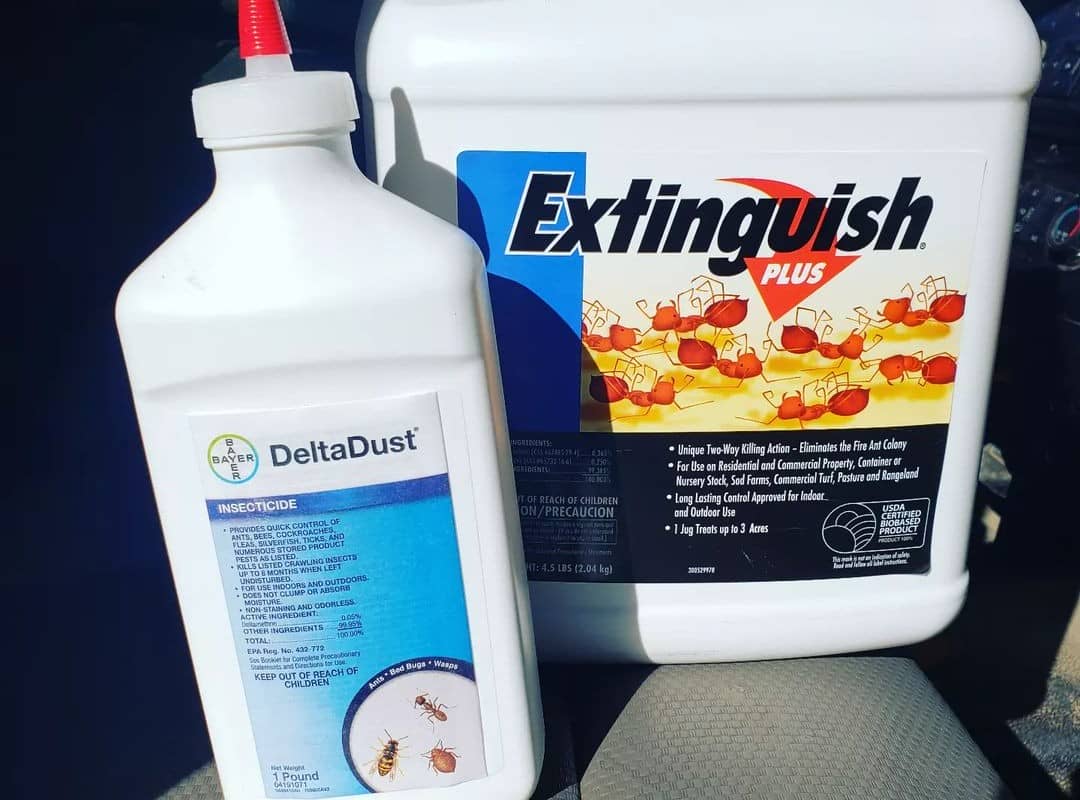
If you’re searching for the multipurpose insecticide, the Bayer dust will be an excellent choice. It kills a wide range of pests. After you have applied it, the spider crickets won’t disturb you for eight months. You can put it indoors and outdoors.
The insecticide is waterproof; however, it will be more effective if you put it in a dry place. It doesn’t have any odor. So, you can use it in the kitchen or commercial food-handling apartments.
| Pros: | Cons: |
|
|
3. BASF Cy-Kick CS Pest Control Insecticide – Best Spider Cricket Insecticide
[amazon box=”B004FBOTFM” template=”vertical” tracking_id=”how-to-get-rid-of-spider-crickets-20″ button_text=”Check price on Amazon” button_detail=”https://shareasale.com/r.cfm?b=410159&u=2583381&m=43235&urllink=www%2Edomyown%2Ecom%2Fcykick%2Dcs%2Dp%2D250%2Ehtml&afftrack=how%20to%20get%20rid%20of%20spider%20crickets” button_detail_text=”Check price on DoMyOwn”]
Specifications:
- Active Ingredient: Cyfluthrin 6%
- Item Form: Spray
- Item Volume: 16 fl. oz.
- Item Weight: 1.21 Pounds
- Product Dimensions LxWxH: 4.75 x 7 x 1.85 inches
- Target Species: Ants, Bed Bugs, Boxelder Bugs, Carpenter Ants, Carpenter Bees, Carpet Beetles, Centipedes, Clover Mites, Cluster Flies, Cockroaches, Crickets, Earwigs, Fire Ants, Fleas, Flies, Grasshoppers, Hornets, Millipedes, Mosquitoes, Scorpions, Silverfish, Spiders, Springtails, Termites, Ticks, Yellow Jackets and others

In case you apply this insecticide in the right way, the crickets won’t have a chance to run away from it. The active ingredient creates a microcapsules barrier. Pests need a small amount of it to get the lethal dose. They won’t return for at least three months.
The product is user-friendly, so there is a little possibility that it will cause skin irritation. Also, it is safe for your pets and the environment. That means you can use the insecticide indoors and outdoors, but you should read the label carefully for the right application.
| Pros: | Cons: |
|
|
How to prevent spider crickets?
If you don’t want to see these insects in your home, there are ways to protect the building for sure. Here are the most popular examples.
Keep your basements closed
Cave crickets like to get a rest in the basements or attics, so you need to protect these areas first. Make sure there are no cracks that allow getting inside. Especially, you need to pay attention to the basement windows or ground-level doors.
You may also use the dehumidifiers to dry the air – the pests won’t enter your house if it isn’t warm and moist enough. Also, if you have many card boxes, try to eliminate them. It’s a food source for cave crickets – if they don’t find it in your house, they will just go away.
Use the insecticides as a preventive method
Don’t forget about the glue traps. They stop crickets fast, so you can eliminate them right after they want to attack your home. You may also use dust, but it is not long-lasting, so the protection will be on the low level.
The spray insecticide is a suitable choice if you want to prevent spider crickets. The best way is to apply it together with glue traps and follow other recommendations. In this case, the possibility of cricket’s attack will be lower.
[su_note note_color=”#e5e2d4″]Related post: How to Get Rid of Caterpillars [/su_note]
Additional Facts About Camel Crickets
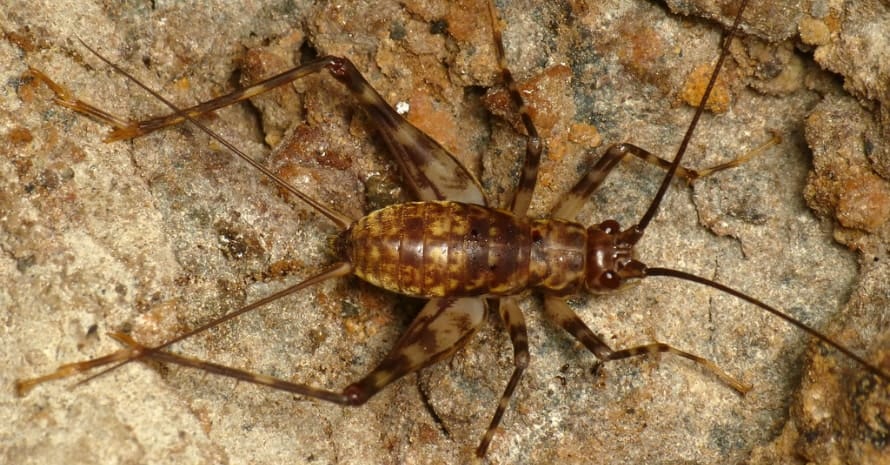
I have collected the information that usually helps a lot if you want to fight camel cricket. So, here are the most common questions.
Are spider crickets poisonous?
No, the camel crickets that look like spiders aren’t poisonous. But they bring damage in another way: these pests chew clothing, curtains, furniture, plants, or in the short word – everything that is in your house. So, if they live there for long, you will have many losses. Also, these creatures are harmless to your pets.
Do sprickets bite?
Sometimes crickets may bite; however, it happens rarely. They can bite you in case you have found their nest and faced a huge amount of these pests. However, their bite isn’t dangerous, and you won’t feel pain.

Are crickets attracted to light?
Yes, these creatures strive to find a bright place. However, during the day they hide in the moist warm place. It is likely to see spider crickets in the basement. When the night comes, they may search for the electric light, gather on the walls or other bright areas.
Can crickets see in the dark?
Spider crickets are nocturnal insects, so they are adapted to see in the dark. Thanks to their habits, you may identify them in your house. First of all, you will see them on the walls, ceiling, or lamps. Also, at night, the male crickets make the chirping noise.
Do camel crickets leave droppings?
When you have a large population of camel crickets in your house, you may even see their excrements on your walls. They attract each other by the smell. That’s why it’s a sign that crickets have occupied your apartment.
[su_note note_color=”#e5e2d4″]Related post: How to Get Rid of Boxelder Bugs [/su_note]
Let’s Sum up the Plan of Getting Rid of Spider Crickets
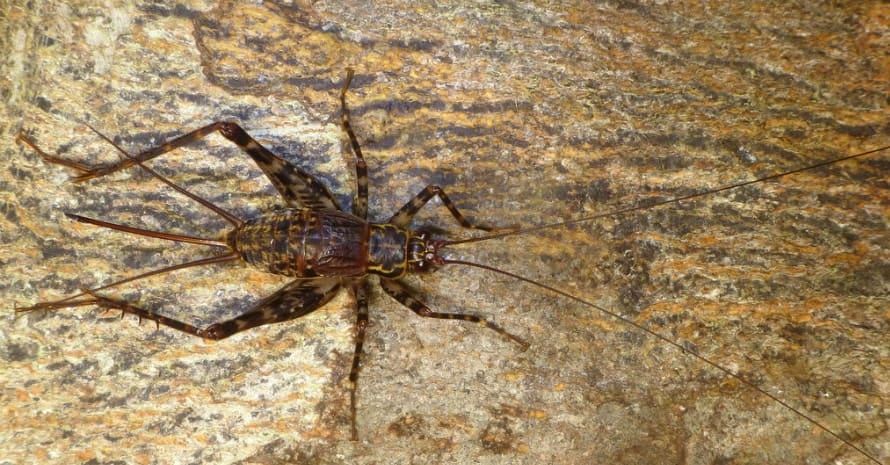
It’s not difficult to identify the camel crickets in your house because they cause a lot of damage. If you have found a large population of these pests, it may terrify you a little. However, it’s not a big problem nowadays. The glue traps seem to be one of the most effective ways to get rid of insects. Other products I have described are also worth your money.
Have you ever faced a cricket problem? What methods did you use to clean your house from the pests? Please, leave your comments in the section below.
References:
- Field Cricket (The Virtual Nature Trail at Penn State New Kensington):
https://www.dept.psu.edu/nkbiology/naturetrail/speciespages/cricket.htm? - Crickets a Common Nuisance Around the Home (University of Illinois Extension):
https://web.extension.illinois.edu/stateline/990909.html - Camel Crickets (Purdue University):
https://ag.purdue.edu/btny/ppdl/Pages/Camel-Crickets.aspx

